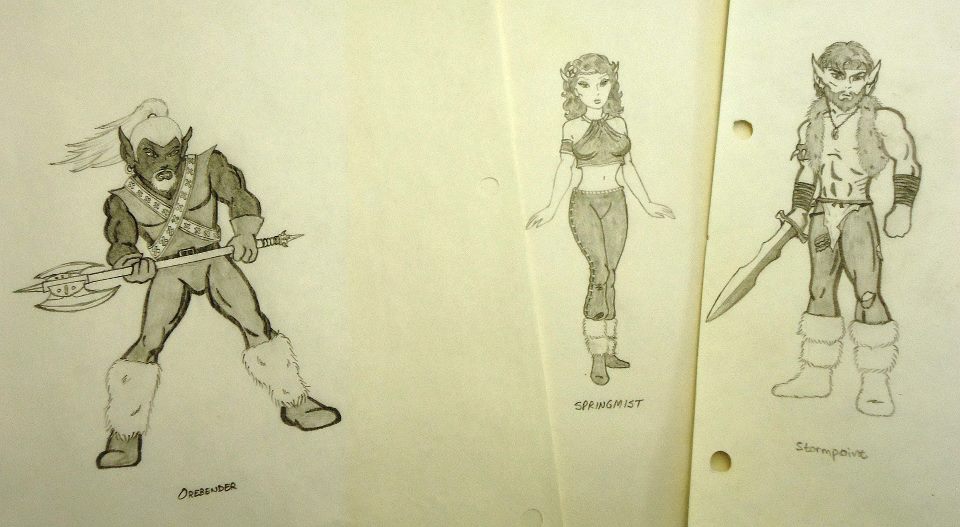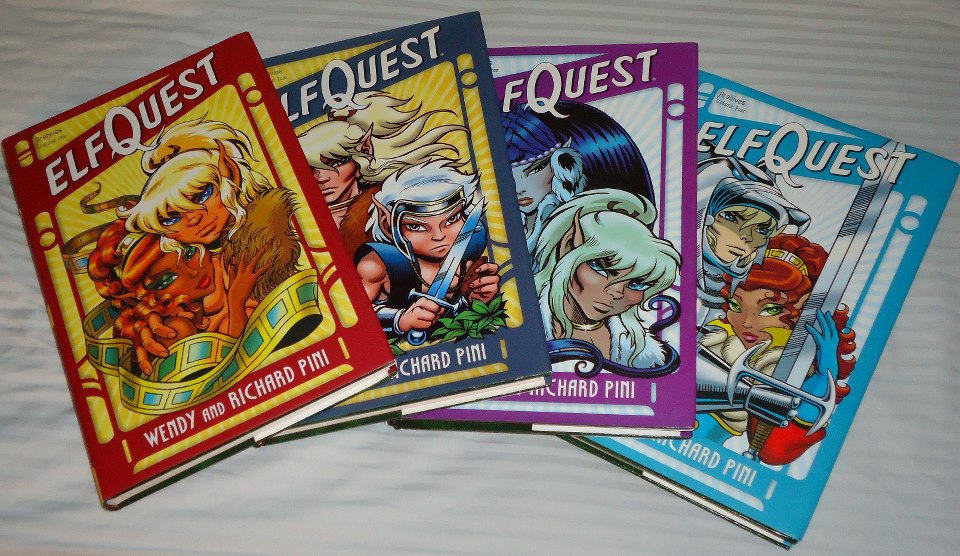A guest post by Kim May.
 For some people, the call to write came late in life. For me, storytelling has been a favorite pastime for as long as I can remember. Really, it has. Now, I’m not just referring to the stories that my folks read to me-though they do play a part. I’m talking about the stories I told as a kid.
For some people, the call to write came late in life. For me, storytelling has been a favorite pastime for as long as I can remember. Really, it has. Now, I’m not just referring to the stories that my folks read to me-though they do play a part. I’m talking about the stories I told as a kid.
That time I told my mom’s friend that I was chased around the house with a butcher knife? Much to my mom’s friend’s relief, that was storytelling.
All those times I lied to my mom so I could place the blame on one of my siblings? Yup. That was storytelling too.
All the hours I played Barbie dolls with my little sister? You better believe it.
You see, our Barbie dolls weren’t content to sit at home and mother all the My Little Ponies, She-Ra, and Rose Petal Place dolls. They had to have fantastic adventures in far-off lands. One of our favorites was a spinoff of Cinderella. First of all, since neither of us wanted to take a back seat to the other, everything was done in duplicate. That meant we had two Cinderellas and two princes (for some reason, we never doubled up on the villains). Rather than sit around and wait for the princes to find them after the ball, our Cinderellas snuck into the palace, knocked the princes unconscious with a thunder egg, kidnapped them, and had a Stockholm-syndrome happily ever after.
Now, you have to keep in mind that I was about eight years old and had no idea that what we were playing out was morally wrong. For us, it was just a fun and empowering twist on a favorite tale. The fact that it gave us an excuse to hog-tie Ken was a bonus.
When we weren’t infringing on the Geneva Convention, we play-acted/discovery-wrote stories that borrowed elements from our favorite books and movies. Those world building skills came in handy in the sixth grade when I had to write a short story for an English assignment. Most of my classmates wrote about their dog or about a stupid, annoying younger sibling that bore a strong resemblance to their own. I, however, had no interest in writing the same story as everyone else. After drawing on Barbie skills, my story ended up being about two talking flowers that were going to save the world after they finished having tea.
In high school, even though I hadn’t touched my dolls for years, I drew on those skills again for another short story assignment. This time I wrote a paranormal YA story-twenty years before it became cool, I might add.
You would think that I would have figured out by then that it was my fate to be a writer. Nope. That realization didn’t come until college. After bopping between eight different science majors, the only thing that didn’t change was my desire to minor in writing. Unfortunately, that was also around the time my life took a sharp turn for the worse. I won’t depress you with the details. Suffice to say, when life turned back around the first thing I did was sit down and write.
I love being a writer. I get to sit down with my characters-my imaginary dolls-every day and take them on fantastic adventures in wondrous places. If those adventures take a turn for the weird, and they most likely will, all the better.
* * *
Kim May writes sci-fi and fantasy but has been known to pen a gothic poem or two. She works at an independent bookstore and dog/house sits on the side. A native Oregonian, she lives with her geriatric cat, Spud, and spends as much of her free time as she can with family and friends. She recently won The Named Lands Poetry Contest. If you would like to find out what she’s working on, please visit her blog.






